Transporting skis in your car can be tricky, but it doesn’t have to be. Here’s the deal: long skis are awkward, can mess up your car, and might even turn into dangerous projectiles during sudden stops. But there are ways to make it safe and hassle-free:
- Secure your skis properly: Use straps or ski bags to keep them from sliding around.
- Protect your car: Lay down blankets or mats to guard against scratches and water damage.
- Choose the right gear: Compact options like Snowfeet (just 24 inches long) are easier to carry and safer to store than longer skis.
- Follow the law: Make sure your load is secure, doesn’t block visibility, and stays within size limits.
If you’re tired of wrestling with long skis, Snowfeet offers a compact, car-friendly alternative that fits in your trunk - no roof racks, no fuss. Ready to make ski transport safer and simpler? Let’s dive in.
Thule SnowPack Review and How To Transport Skis/Snowboards
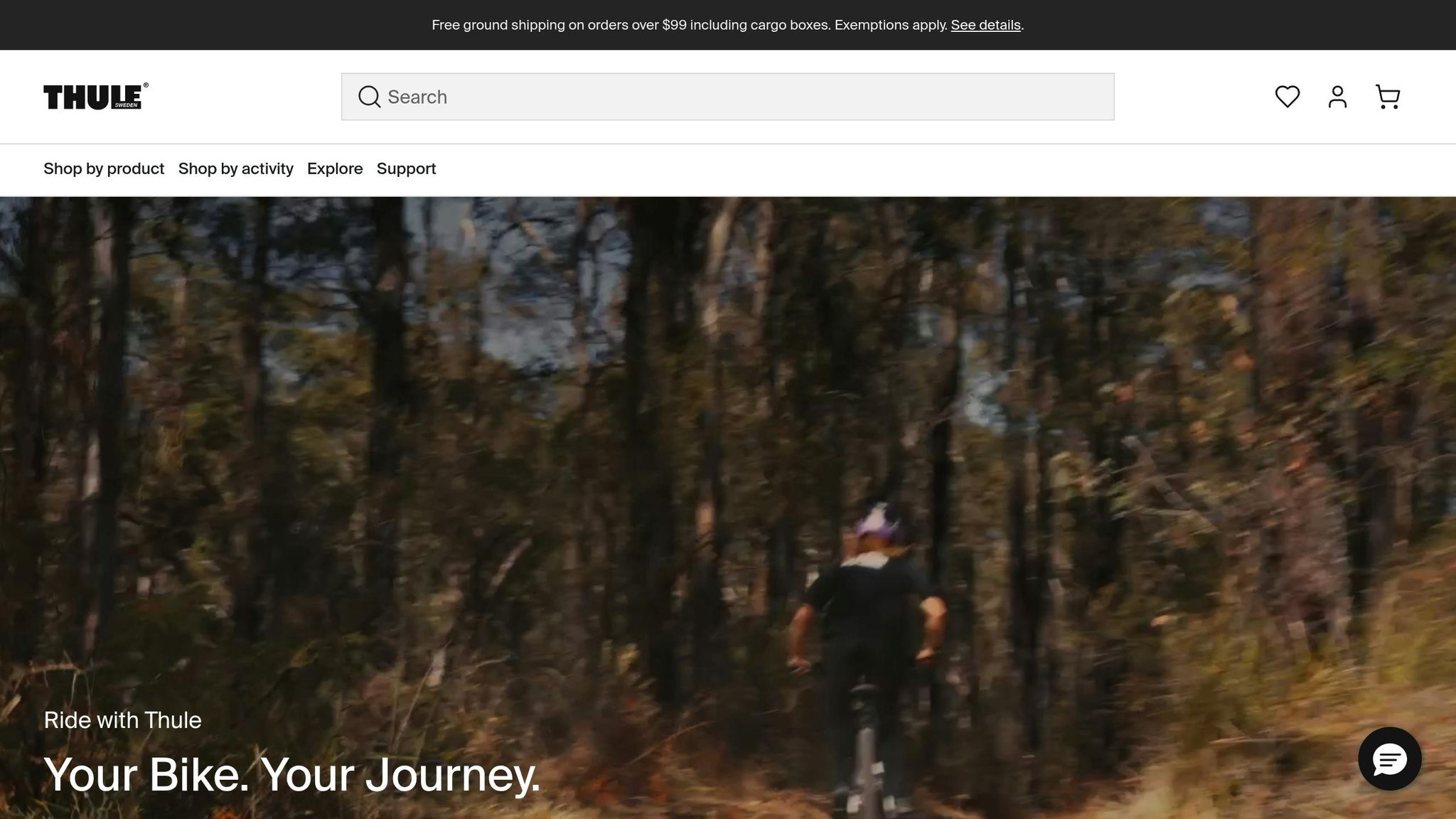
Safety Rules for Transporting Skis
Transporting skis safely isn’t just about protecting your gear - it’s about keeping everyone in your vehicle safe too. Whether you’re hauling traditional 6-foot skis from brands like Atomic or Head, or compact options like Snowfeet*, following these tips can help you avoid injuries and damage.
Avoid Injuries and Equipment Damage
Loose skis can turn into dangerous projectiles during sudden stops or collisions, posing a serious risk to passengers.
Secure your skis properly. In October 2024, Modula Racks highlighted the importance of securing ski gear inside vehicles. They pointed out that loose equipment can become hazardous during sudden stops. To prevent this, use durable ski bags and secure your gear with straps or bungee cords.
For traditional skis, load them with the tips facing the rear of the car. This reduces the chance of them sliding forward if you need to brake hard. Also, wipe down your skis before loading to remove ice and snow, which can make them slippery and harder to secure.
Snowfeet* products have a clear advantage here. Their shorter length makes them easier to secure, and their compact design allows them to be stored low in the vehicle, minimizing the risk of them flying around in an accident.
"Padded ski bags are a very good idea for safety in case of an accident. Seriously." – SallyCat, Ski Diva Extraordinaire
Now, let's talk about keeping your car in good shape while transporting your gear.
Protect Your Car's Interior
Wet, dirty skis can wreak havoc on your car’s interior. Sharp edges can tear upholstery, and melting snow can lead to moisture damage and unpleasant odors.
Use protective barriers like moving blankets or quality ski bags to catch moisture and prevent scratches.
"A durable ski or snowboard bag can protect your gear and your car's interior from scratches and moisture." – Modula Racks
Secure your skis with strong straps or bungee cords to keep them from shifting. Even small movements during a long drive can cause damage.
Traditional skis often require folding down seats or rearranging your car’s interior, which can put extra stress on your vehicle. Snowfeet* products, on the other hand, fit easily into trunks or backseats, sparing you the hassle of awkward positioning.
Finally, don’t forget to stay on the right side of the law.
Follow Legal Requirements
When you’re transporting skis, you’re legally responsible for securing your load. If equipment falls off your vehicle or causes an accident, you can face hefty fines.
Here are some key things to keep in mind:
- Fasten all gear securely to prevent it from sliding or detaching during transit. For roof-mounted skis, use proper tie-downs and check them periodically on long trips.
- Maintain clear visibility. Your skis shouldn’t block your view through mirrors or windows. This can be tricky with longer, traditional skis.
- Stay within legal dimension limits. Traditional skis can sometimes exceed these limits, especially in terms of length.
- Keep your license plate visible. Some hauling methods can block your plates, leading to fines.
- For heavier loads, adjust your tire pressure and headlight settings to account for changes in your vehicle’s height.
Snowfeet* products make legal compliance easier. Their compact size means you’re less likely to exceed dimension limits, and since they fit inside your car, you can skip the roof rack rules and visibility issues that often come with traditional skis.
Inside Car vs Roof Rack Transport Methods
When it’s time to hit the slopes, you’ve got two main ways to haul your skis: inside your car or up on the roof. Each approach has its perks and downsides, and the best choice depends on your gear, your car, and what matters most to you.
Putting Skis Inside Your Car
Stashing your skis inside your car is probably the simplest option. It’s especially convenient if you’ve got a hatchback, SUV, or a sedan with a ski pass-through in the back seat.
The big win here? Your skis are shielded from bad weather, road grime, and theft. They stay clean, dry, and out of sight. Plus, you don’t have to shell out for extra gear or worry about squeezing into parking garages with roof-mounted equipment.
But there’s a flip side. If your skis aren’t strapped down, they can turn into dangerous projectiles during a sudden stop or accident. Longer skis, like those from Rossignol or Atomic (typically 5 to 6 feet long), can be a tight fit, cutting into passenger space and making things tricky in smaller cars. And let’s not forget the risk of wet skis messing up your car’s interior.
A ski bag can help keep things tidy and safer. Strapping your skis down or using a cargo net is also a smart move. Throwing a towel over the ski tips can protect your car’s interior from scratches.
Here’s where Snowfeet* products shine. Their compact 24-inch size makes transporting them inside your car a breeze. They fit easily in most trunks without needing to adjust seats or compromise safety. This makes them a much easier option compared to traditional skis.
Next, let’s look at roof-mounted solutions for those with more gear or longer skis.
Using Roof Racks and Roof Boxes
If you’re hauling multiple pairs of skis or just want to keep the car interior free, roof racks and roof boxes are solid options. Roof racks are typically more affordable than roof boxes and have less impact on your gas mileage. They’re great for carrying several pairs of traditional skis while keeping the inside of your car clean and roomy. Plus, they’re easier to store than bulky roof boxes.
That said, roof racks don’t protect your skis from the elements. Your gear is exposed to road salt, moisture, and dirt - and there’s always the risk of theft if you leave your car unattended. You might also notice more wind resistance, extra road noise, and challenges with parking garages due to the added height.
Roof boxes, while pricier, offer better protection against weather and dirt. However, they also come with a hit to your fuel efficiency and can be a hassle to install and store. For Snowfeet* users, though, roof racks and boxes are often unnecessary. Thanks to their small size, Snowfeet* products fit easily inside most cars, saving you the expense and hassle of roof-mounted systems.
Which Method to Choose
Your choice depends on your ski length, vehicle type, how often you transport skis, and your budget.
- Go for inside transport if you’ve got a hatchback, SUV, or a sedan with a ski pass-through. It’s the best option for keeping your skis safe from weather and theft without spending extra on equipment.
- Consider a roof rack if you’re carrying multiple pairs of long skis, need to maximize passenger space, and don’t mind exposing your gear to the elements.
- Opt for a roof box if you frequently haul skis and want added weather protection, even though it’ll cost more and affect your fuel efficiency.
For Snowfeet* users, inside transport is the clear winner. Their compact size makes them easy to carry, safe to store, and a much simpler alternative to traditional skis. It’s a hassle-free way to get to the mountain without breaking the bank.
How Snowfeet* Makes Ski Transport Easy

Let’s face it - lugging around traditional skis from brands like Rossignol, Atomic, or Head isn’t exactly a walk in the park. Measuring anywhere from 5 to 6 feet, they’re awkward, heavy, and require special carriers or a lot of trunk space. Snowfeet* flips the script, offering a sleek, portable design that’s as easy to stash as a backpack in your car.
Small and Lightweight Design
Snowfeet* tackle the transport problem head-on with their compact 24-inch design. Compare that to traditional skis, which can stretch between 60 and 75 inches - Snowfeet* fit neatly into most car trunks without needing to fold seats down or install roof racks. They’re lightweight, too, so carrying them with one hand is no problem. And here’s the kicker: they still come with metal ski edges, just like the big guys.
Snowfeet* vs Traditional Ski Brands
Traditional skis? They’re a hassle. You need roof racks or other gear to haul them around, and even then, they’re clunky. Snowfeet*, on the other hand, are just 24 inches long and slide effortlessly into the trunk of your sedan, hatchback, or SUV. Their compact size not only makes them easier to transport but also gives you more freedom to move on the slopes. Designed with portability in mind, Snowfeet* are perfect for spur-of-the-moment trips - whether you’re hitting a nearby sledding hill or heading off for a weekend escape.
Less Gear, More Freedom
One of the best things about Snowfeet*? You can leave the bulky ski boots at home. Unlike traditional skis, Snowfeet* work with any winter shoes, cutting down on the gear you need to pack. That means more trunk space and less hassle. Plus, they’re versatile enough to handle a variety of terrains, making them great for those spontaneous winter adventures.
With a 4.5/5 rating on Snowfeetstore.com for ease, comfort, and versatility, Snowfeet* are a game-changer for anyone tired of the headaches that come with traditional ski transport. They make winter sports simpler, but no less thrilling.
sbb-itb-17ade95
Tools and Accessories for Safe Ski Transport
When it comes to transporting your ski gear, having the right tools can make all the difference. Not only do they help protect your skis, but they also safeguard your car from unnecessary wear and tear. Whether you're carrying traditional 6-foot skis from brands like Rossignol or Atomic, or the compact 24-inch Snowfeet*, investing in the right equipment ensures your gear and vehicle stay in great condition.
Ski Bags and Protective Covers
A reliable ski bag is your first line of defense against damage during transport. The key feature to look for? Padding. It shields your skis from scratches and dings during the journey. There are two main types of ski bags: soft cases and hard cases, each with their own perks.
- Soft Cases: These are the most popular choice for skiers and snowboarders. They're easier to pack, often come with compartments for better organization, and are perfect for car travel. Options like the Dakine Fall Line Ski Roller Bag and the Thule RoundTrip Ski Bag are widely recommended.
- Hard Cases: Offering top-notch protection, hard cases are ideal for air travel or shipping your skis. Models like the Sportube Series 2 Hard Sided Roller and DB Snow Roller provide serious impact resistance, though they tend to be bulkier and less convenient for everyday use.
If you're using Snowfeet*, their compact 24-inch size fits easily into standard ski bags, unlike traditional skis that require large, expensive bags. This not only saves you money but also frees up storage space.
When choosing a ski bag, go for one that's slightly longer than your skis - this extra room prevents cramming, which could lead to damage. If you plan to pack boots and other gear together, look for bags with dedicated compartments for added convenience.
Straps and Securing Tools
Securing your skis properly is crucial to avoid damage or distractions while driving. Straps or bungee cords are your best friends here, keeping your gear snug and in place.
- Basic Straps: Starting at around $15–17, options like the Ski Belts Adjustable Ski Strap or the 2pcs Ski Boot Carrier Strap are affordable and effective.
- Versatile Straps: For carrying multiple items, the BOOSTEADY Ski Carry Strap and Poles Carry Strap are solid choices.
Snowfeet*'s lightweight design reduces strain on securing points, eliminating the need for heavy-duty tie-downs often required for full-length skis from brands like Head or Elan.
If you're securing skis inside your car, use anchor points like seat belt buckles, cargo hooks, or tie-down loops in the trunk. Make sure straps are tight enough to hold everything in place, but avoid over-tightening, which could damage your gear. A little extra care here goes a long way toward ensuring a smooth ride.
Car Interior Protection
Transporting wet and muddy gear can take a toll on your car, so protecting the interior is a smart move. Here are some easy ways to keep your vehicle clean and damage-free:
- Rubber Mats: Place all-weather mats in cargo areas and footwells to trap moisture and dirt.
- Blankets and Tarps: Use these to create a barrier between your skis and car surfaces, preventing scratches and stains.
- Water-Resistant Seat Covers: These add an extra layer of protection for your upholstery.
- Non-Slip Mats: In the cargo area, these keep gear from sliding around during transit.
- Safety Nets: If you're carrying skis through the passenger compartment, a net between the trunk and driver's area can prevent loose items from becoming hazards during sudden stops.
For quick cleanups, keep a towel and cleaning kit handy to wipe up spills, and vacuum regularly to avoid dirt buildup in hard-to-reach spots. Snowfeet*'s compact size means less gear overall, making it easier to keep your car tidy. Instead of wrestling with long skis, poles, and bulky bags, you're dealing with a smaller, more manageable load that’s kinder to your car’s interior.
Step-by-Step Guide: Transport Skis Safely in Your Car
Getting your skis to the slopes doesn’t have to be a hassle. Whether you’re packing compact 24-inch Snowfeet* or traditional 6-foot skis from brands like Rossignol or Atomic, following these steps will help protect your gear - and your car.
Prepare Your Skis for Transport
Clean and dry your skis thoroughly before packing. This prevents rust on the edges and protects your car’s interior from water damage. After skiing, wipe down your skis to remove moisture and grime.
If you’re using Snowfeet*, the compact size makes this process quick and easy. For traditional skis from brands like Head or Elan, you’ll need a bit more time and space to get the job done. Once clean, store your skis in a ski bag. This not only protects the skis but also prevents dirt, water, and scratches from damaging your vehicle.
When packing your ski bag, place the skis at the bottom. Then, add boots, helmets, and other gear on top. Fill any empty spaces with clothing to keep items from shifting. Some skiers even use old beach towels to cover pole tips and add extra padding.
Once your skis are prepped and bagged, you’re ready to load them into your car.
Load and Secure Your Equipment
Position your skis securely in your trunk using a center-console method. Fold down a back seat and thread the skis through the center console. This keeps the weight low, helping maintain your car’s balance.
Here’s where Snowfeet* shine. Their 24-inch length makes them much easier to fit inside your car compared to traditional skis, which often require creative positioning - especially in smaller vehicles. This simplicity eliminates the challenges posed by longer skis from brands like Elan or Atomic.
Use your car’s anchor points, such as seat belt buckles, cargo hooks, or tie-down loops, to secure the skis. Placing a rubber floor mat or a moving blanket underneath will catch any melting snow or mud.
For extra stability, place heavier gear like boots or bags on top of the skis to keep them from shifting. Make sure the skis are completely immobile - loose equipment can become dangerous projectiles during sudden stops.
Do a Final Safety Check
Before heading out, take a moment to double-check everything. Ensure all straps, locks, and securing mechanisms are fastened tightly. Give the load a shake - nothing should move or rattle.
Confirm that your ski setup doesn’t block your view or restrict your movements as the driver. Sit in the driver’s seat and check your mirrors, blind spots, and steering wheel clearance. If anything feels off, adjust the load.
If you’re using a roof rack, make sure the attachments are secure and locked. Check that your load doesn’t exceed your car’s roof weight limit and complies with local height and width regulations. After driving a few miles, pull over and re-check everything to ensure it’s still secure.
Snowfeet* users have an added advantage here. With less gear to manage and no need for roof racks, the process is simpler, and there are fewer points of failure to worry about. The compact design makes the load easier to handle and inherently safer than dealing with traditional long skis.
Lastly, inspect your gear and carriers for damage before each trip. Look for worn straps, loose bolts, or cracks that could cause issues during transport. Taking a few extra minutes for this step can save you from equipment loss and keep you safe on the road.
Make Ski Transport Simple with Snowfeet*
Snowfeet* are a game-changer for anyone tired of lugging around oversized, traditional skis. Unlike the long skis from brands like Rossignol or Atomic that require roof racks and extra care, Snowfeet* make getting from your car to the slopes a breeze. Their clever design takes the hassle out of ski transport.
At just 24 inches long, Snowfeet* are compact enough to fit into a regular backpack or your car trunk - no roof racks, no bulky ski bags, no fuss. For comparison, traditional skis are usually 5 to 6 feet long and often require dedicated storage solutions. With Snowfeet*, you can pack them up as easily as you would a laptop bag.
The lightweight design is another win. Forget about hauling around extra gear - Snowfeet* are built to be portable and easy to carry. Their minimalistic approach means more room in your car for friends, family, or other essentials.
Snowfeet* also shine in their versatility. You don’t need special ski boots - these work with any winter shoes, giving you the freedom to pack light and keep things simple. More space for snacks and less time spent wrestling with gear? Yes, please.
Durability isn’t sacrificed for convenience, either. Made with fiberglass-reinforced material and metal ski edges, Snowfeet* are tough enough to withstand the bumps of travel. A quick wax before you head out is all the upkeep they need.
Whether you’re heading out for a weekend trip or a longer ski adventure, Snowfeet* make your journey smoother. Forget the struggle with roof racks and complicated setups - just toss them in your bag, and you’re good to go.
FAQs
How are Snowfeet safer to transport in a car compared to traditional skis?
Snowfeet stand out for being easy to transport due to their small, lightweight design. Unlike traditional skis that are long, awkward to handle, and often require roof racks, Snowfeet can fit right inside your car. This means no more worrying about scratches, dents, or the risks tied to poorly secured roof racks.
Their compact size also makes them a breeze to store and handle during travel. They stay put, don’t slide around, and take up minimal space. If you’re after a simpler, safer way to bring your gear along, Snowfeet are a solid alternative to traditional skis like those from Rossignol, Atomic, or Head.
What are the rules and best practices for transporting skis inside a car versus on a roof rack?
Transporting skis in your car can be both safe and perfectly legal, as long as you take some basic precautions. The key is to make sure they’re securely fastened so they don’t move around, block your view, or interfere with your ability to drive. To protect both your skis and your car’s interior, consider using padded ski bags or some kind of cushioning to keep everything in place during the ride.
If you’re using a roof rack or roof box, be sure to stick to the manufacturer’s instructions - especially when it comes to weight limits and installation. Many local laws require that anything on your roof be securely tied down to prevent it from falling off. Ignoring these rules could not only result in fines but also put you at risk of being held responsible if an accident occurs.
Looking for a simpler option? Compact alternatives like Snowfeet Skiblades or Skiskates are worth considering. They’re much easier to store and transport compared to traditional skis or snowboards, making them a great choice for hassle-free trips.
How can I keep my car clean when transporting wet or dirty ski gear?
To keep your car’s interior safe from water, dirt, and snow, try using waterproof or water-resistant ski bags for your gear. Adding towels or blankets around your skis gives extra protection, and laying down a plastic tarp or protective liner under your equipment can catch any moisture or debris. Want to go the extra mile? Heavy-duty floor mats or liners are a lifesaver for keeping your car floors clean and dry.
Snowfeet products make this even easier. Their compact size and smart design mean they’re simple to store and transport, creating less mess compared to traditional skis or snowboards. With Snowfeet, your ride stays cleaner and your life gets a little less complicated.

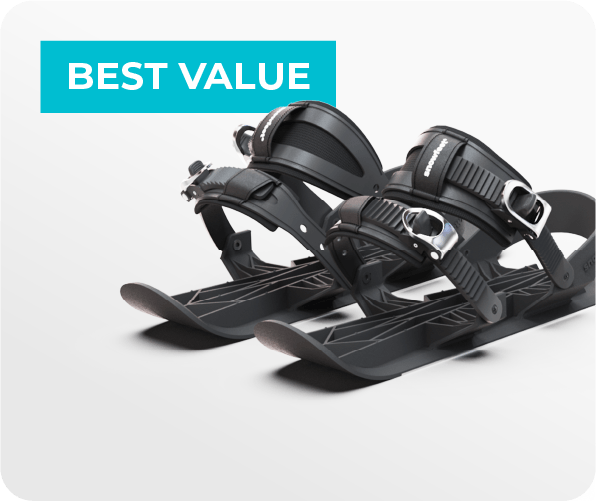



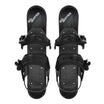
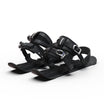
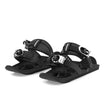
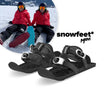
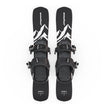
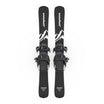

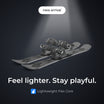
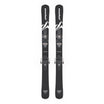
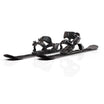
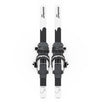


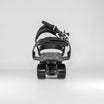

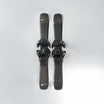

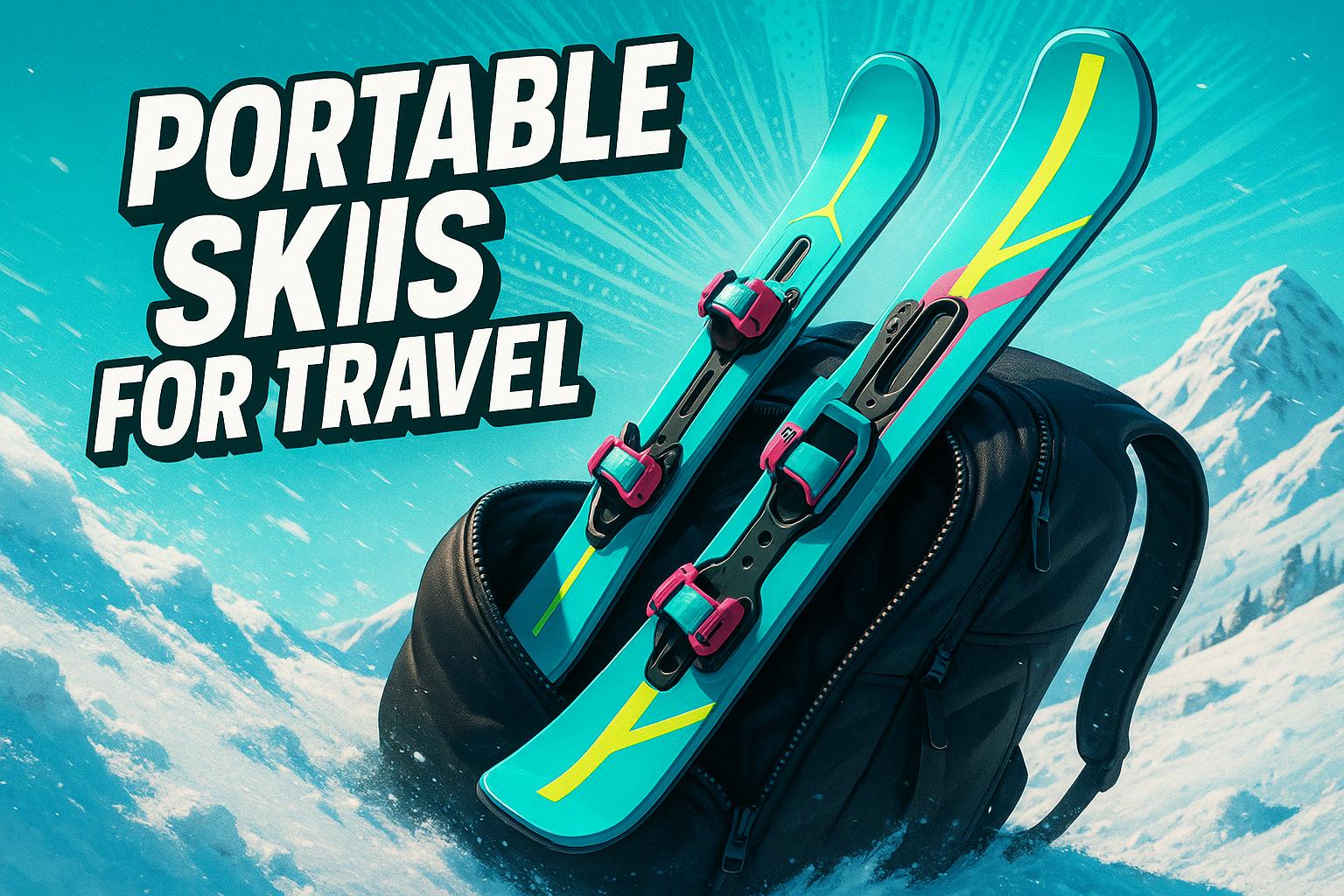

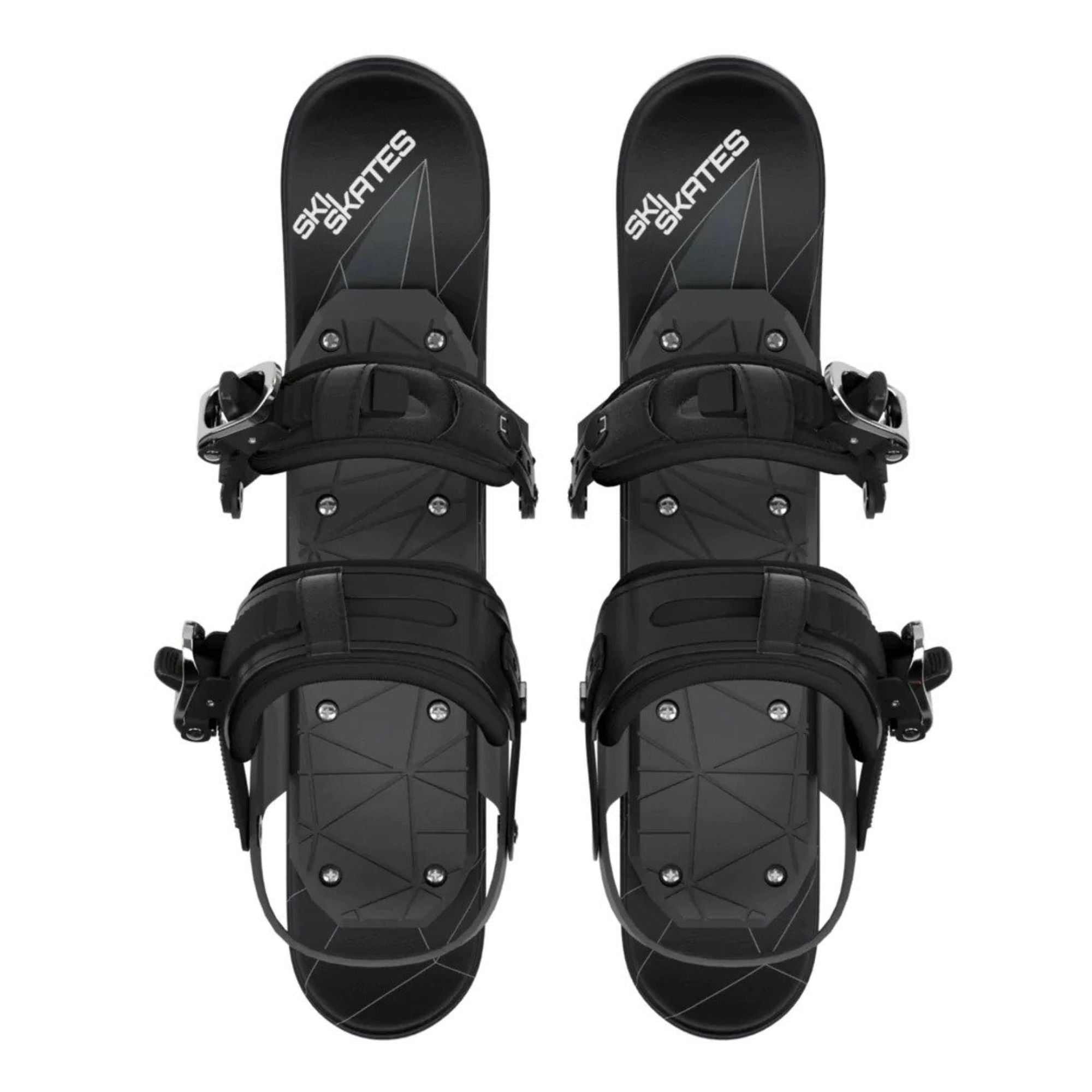
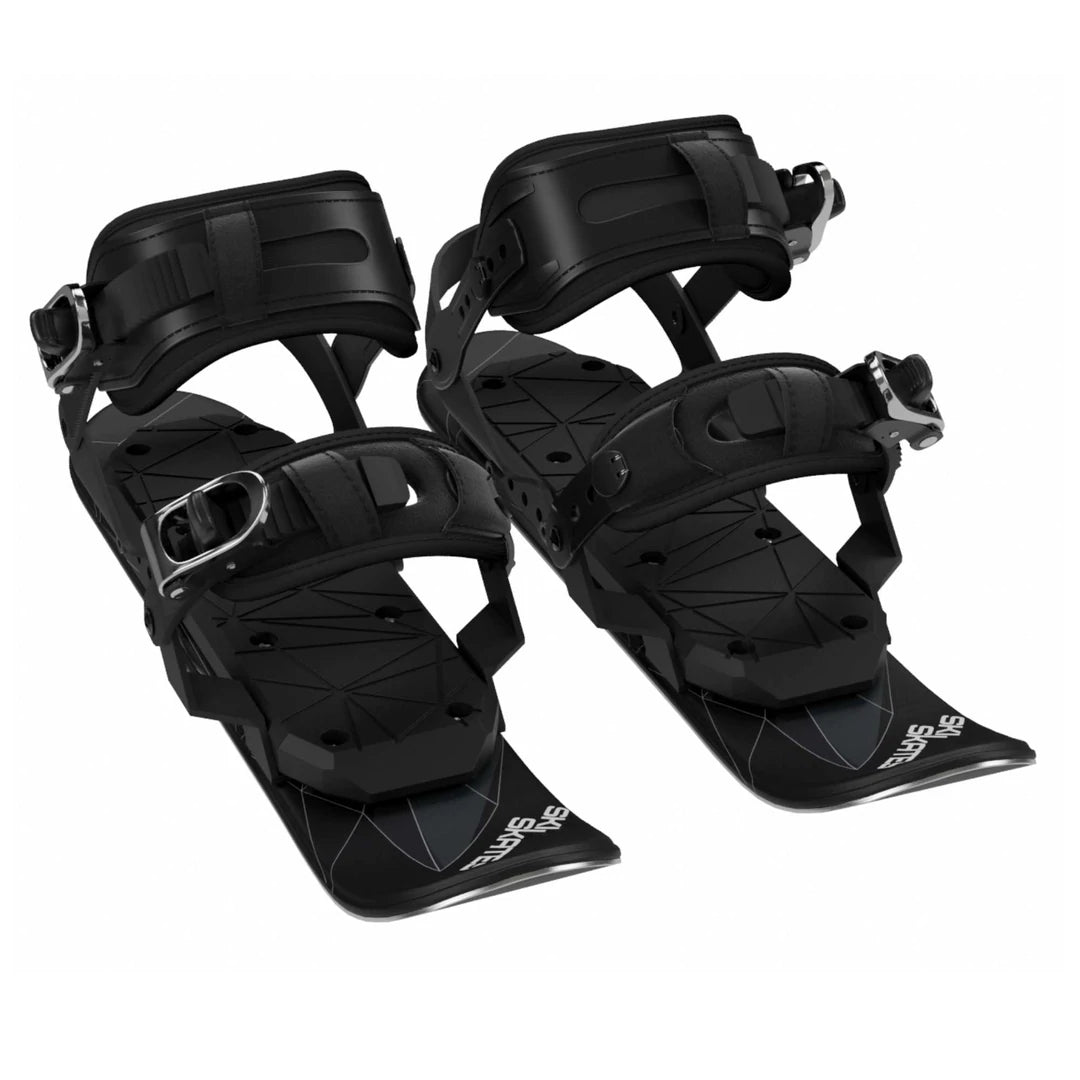
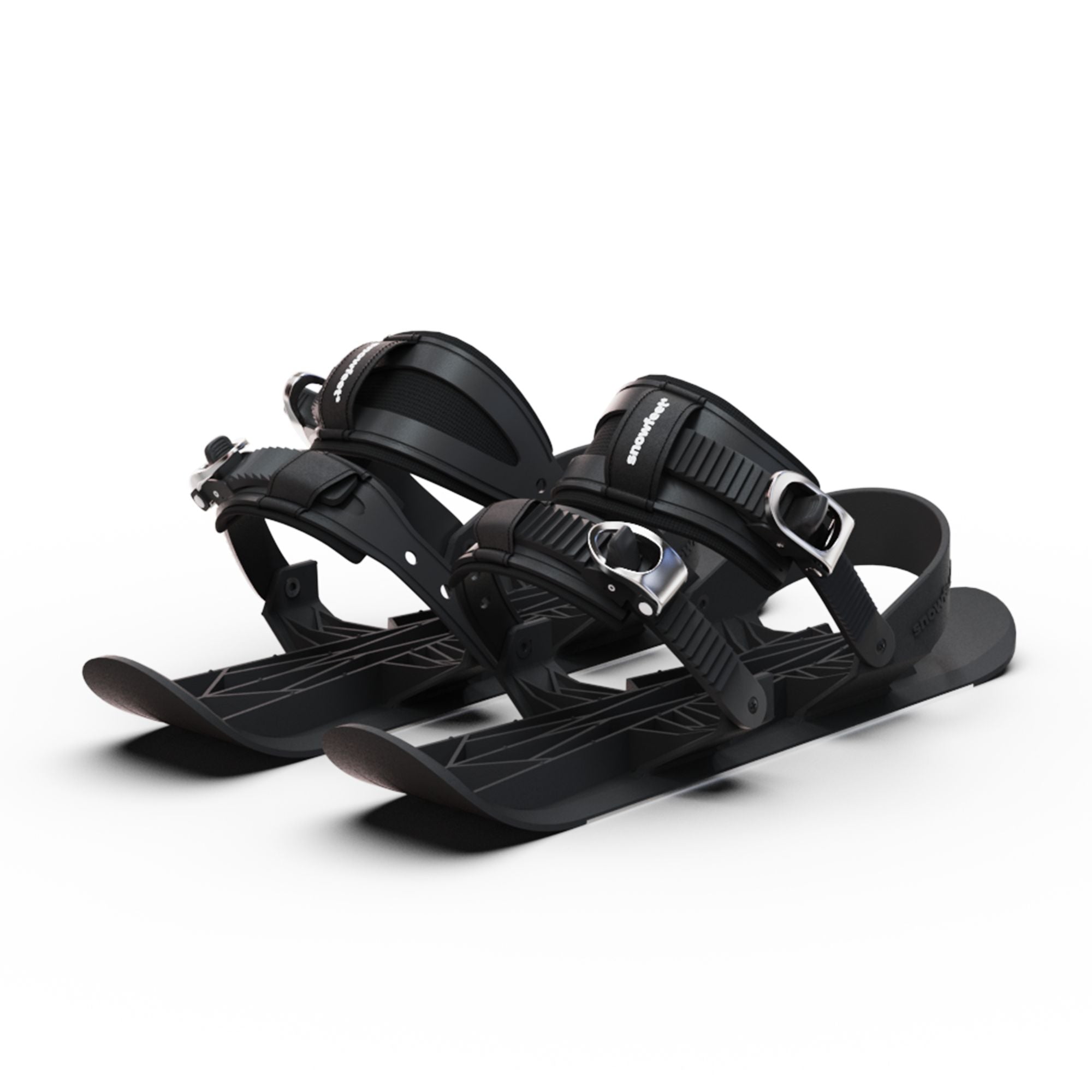

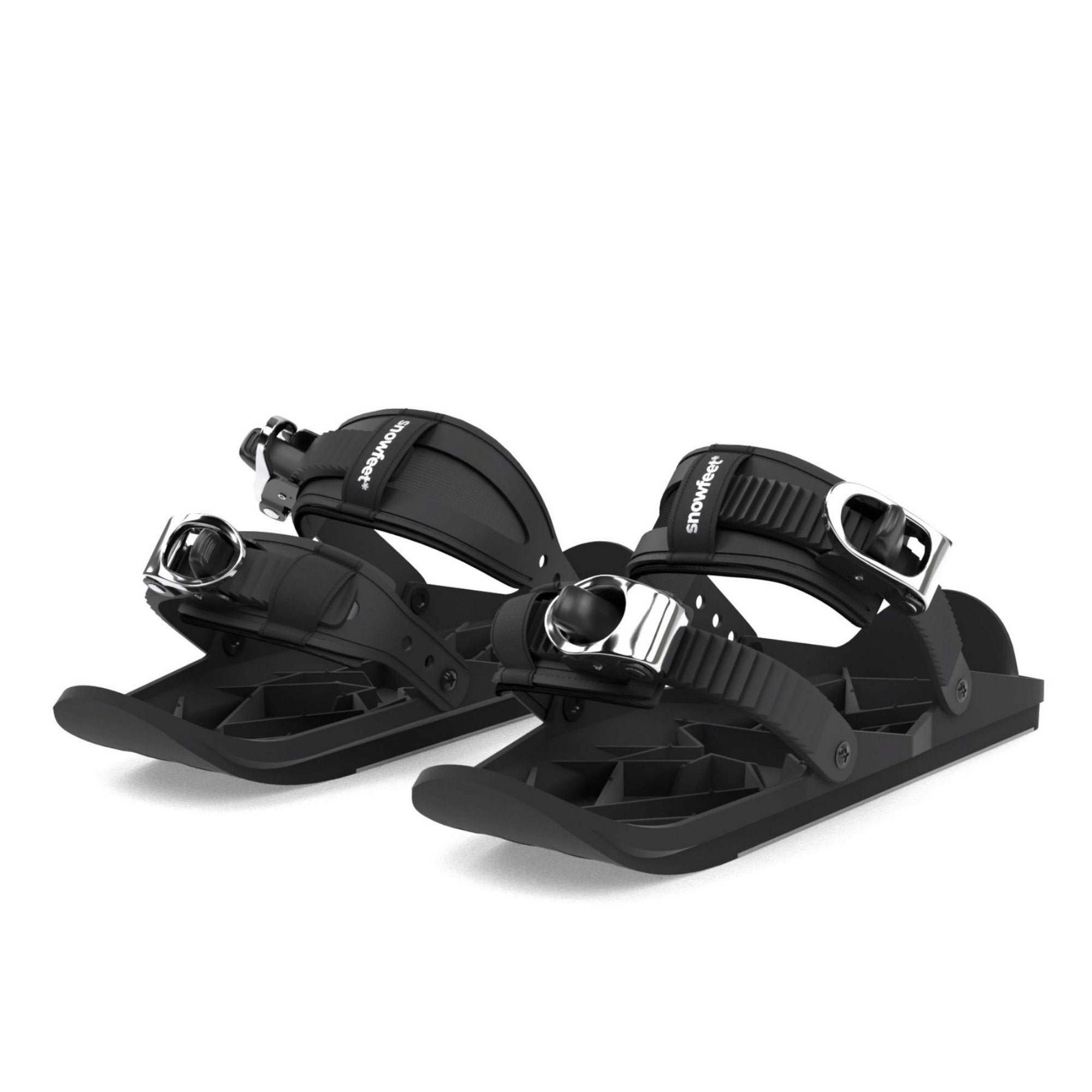
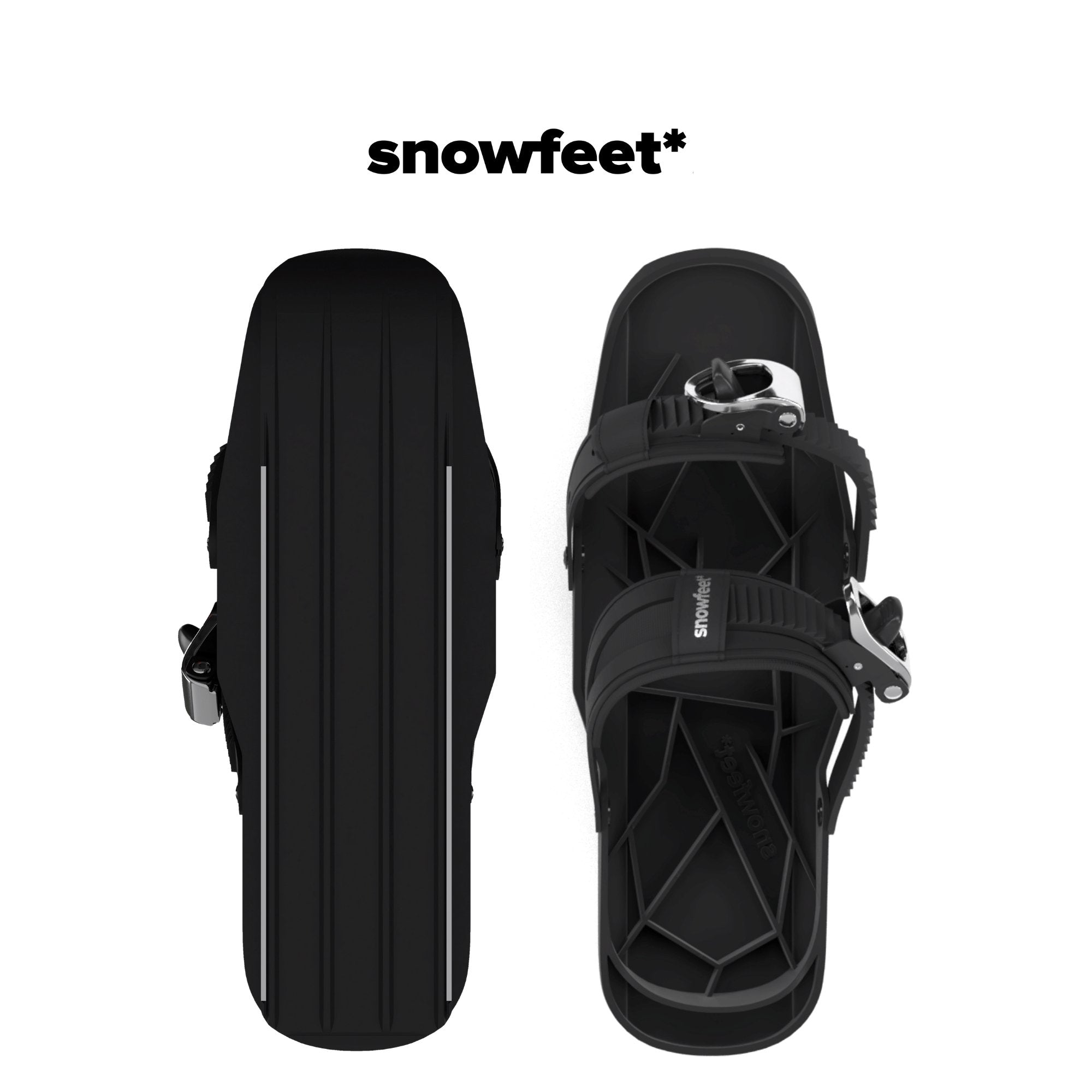
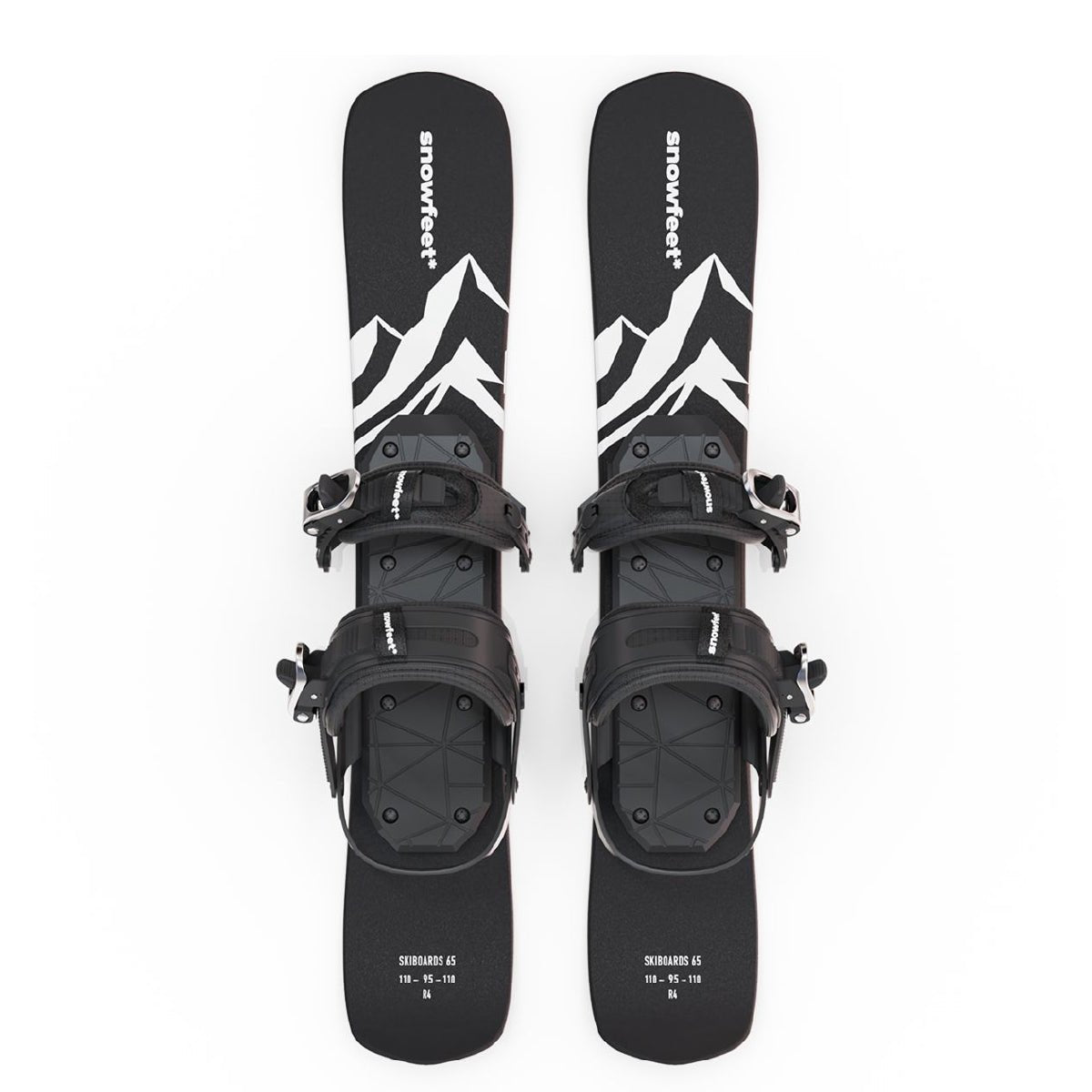
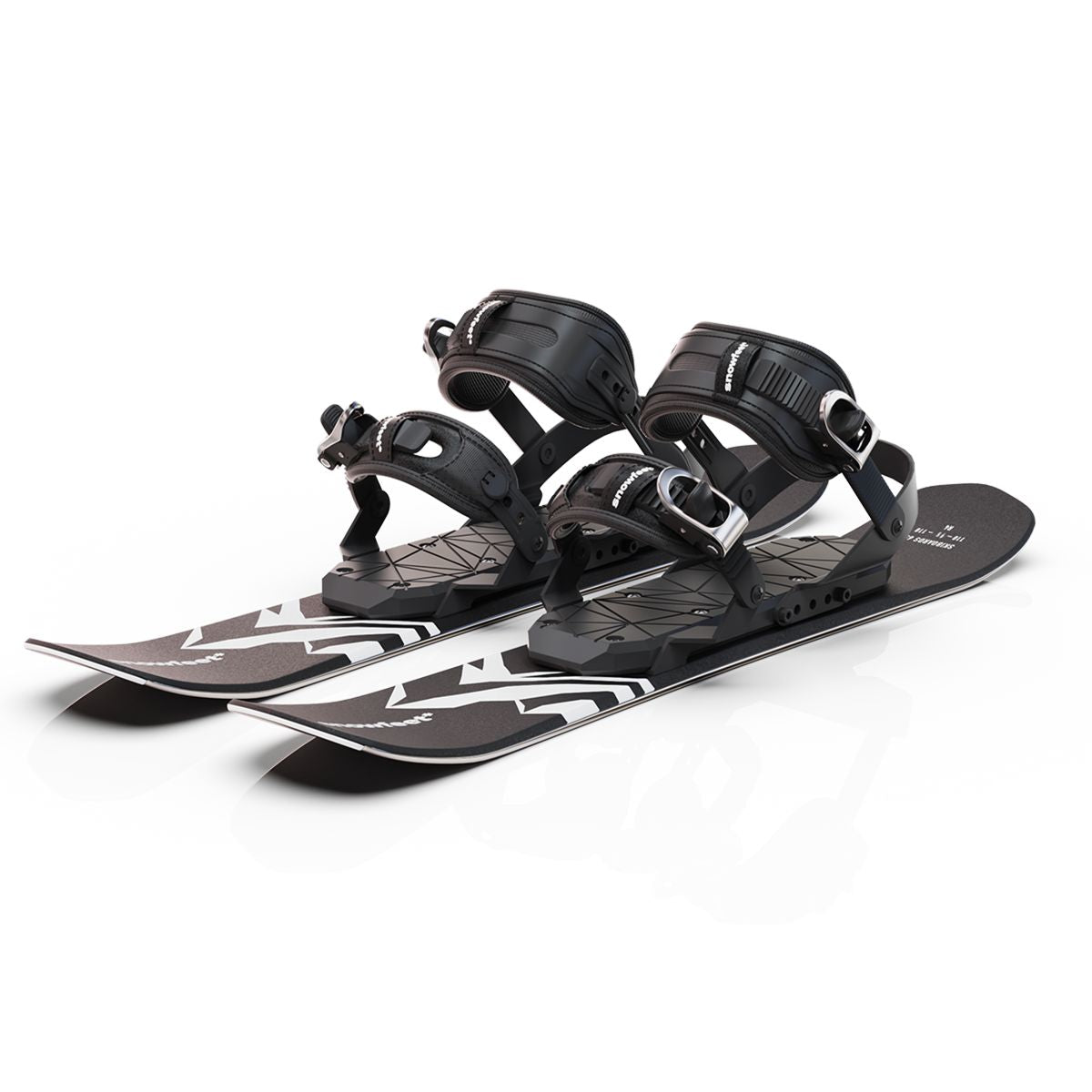
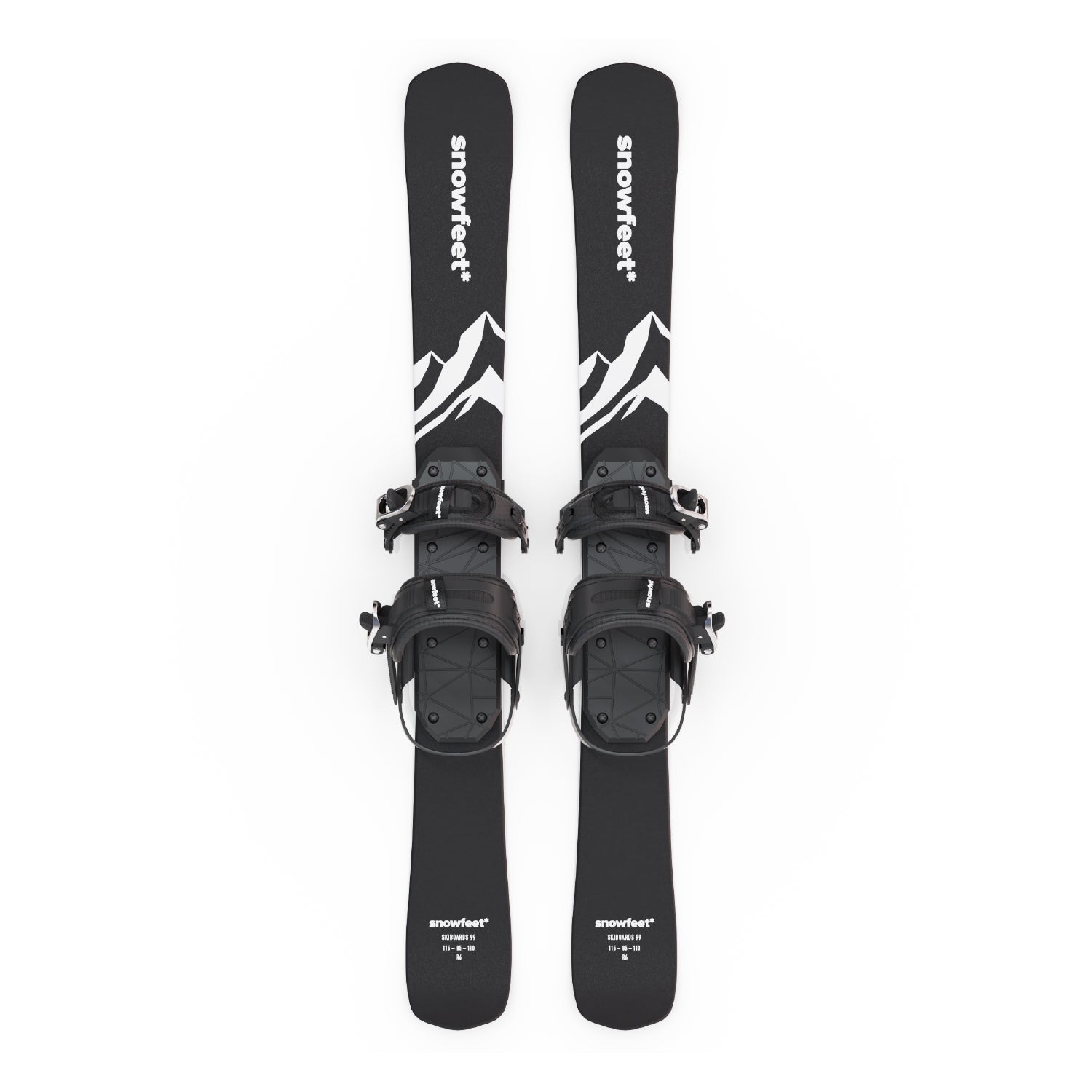
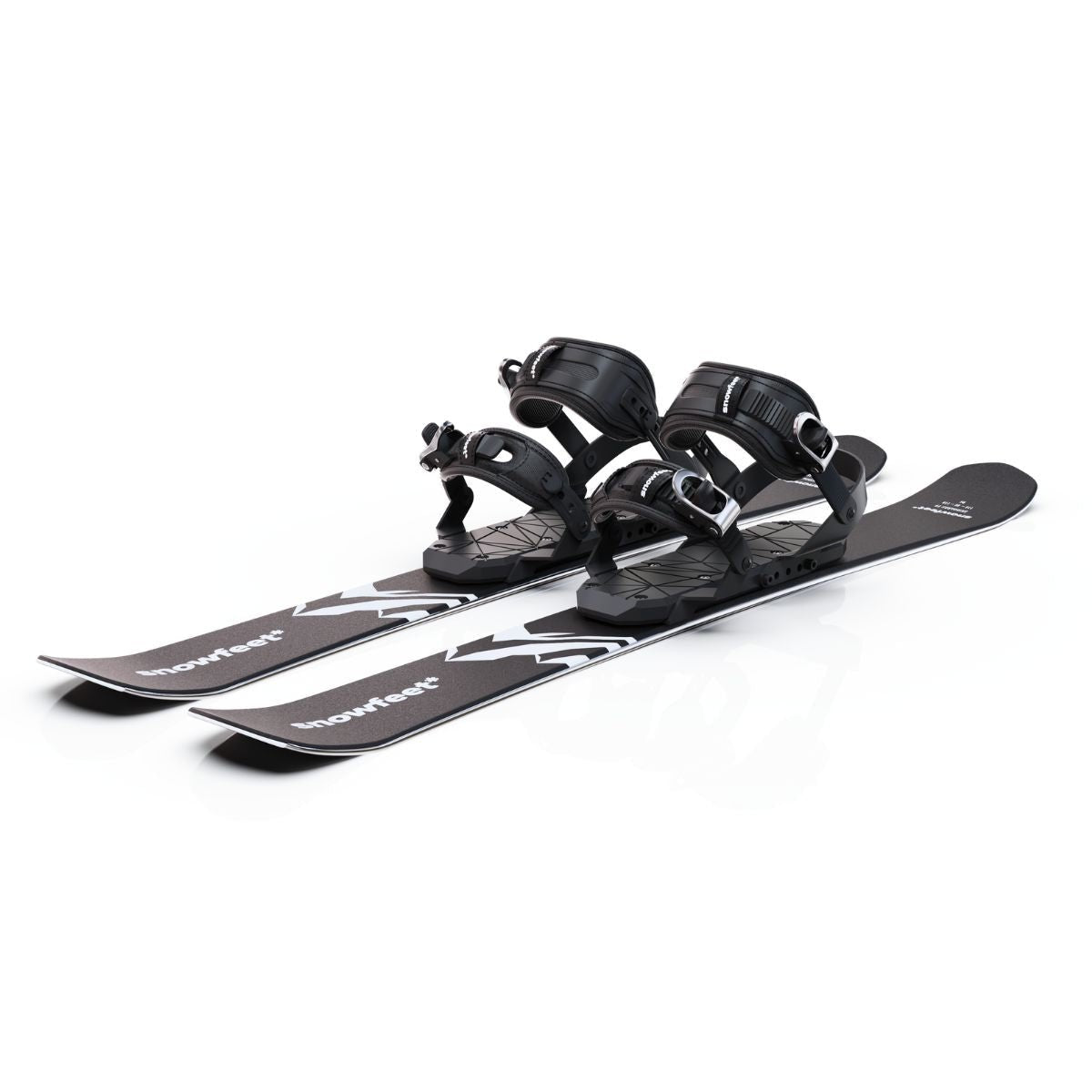
Leave a comment
This site is protected by hCaptcha and the hCaptcha Privacy Policy and Terms of Service apply.